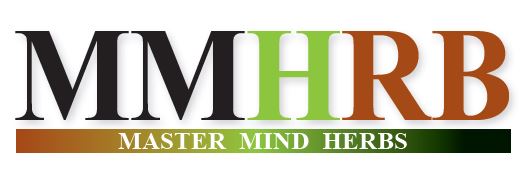Native Plant from the Field of Master Mind Articles (MMA)
Shared from the nature of: Joseph Mercado
Article Author: Cathy Wong – Very Well Health
To: Nature Lover
Blog Post #710
Re: Yellow Dock
Date and Time: Thursday, May 30, 2019 at 5:59 p.m.
Dear Nature Lover,
Yellow dock is a plant native to Europe and Asia. Also called “curled dock” or “Rumex Crispus,” it is cultivated as a vegetable in Europe and grows throughout North America as a common weed.
Yellow dock leaves are harvested in spring and may be used in salads or other dishes though the taste is somewhat sour. The part used medicinally is the bitter root, though the leaves can also have a mild laxative effect.
In traditional herbal medicine, yellow dock is thought to be a general health tonic and helps to maintain proper digestive health.
Health Benefits
Yellow dock is thought to benefit the digestive tract, liver, and skin and to treat inflamed nasal passages. One of its primary uses by herbalists is for skin conditions associated with poor digestion, poor liver function or “toxicity.” It is also thought to be helpful for rheumatism and disorders such as scurvy and scrofula.
Other conditions sometimes treated with yellow dock include:
- Poor digestion
- Scurvy
- Intestinal infections
- Arthritis
- Jaundice
- Fungal Infections
- Skin conditions
- Mild Constipation
- Live Detox
Yellow dock has a mild laxative effect, due to constituents called anthraquinone glycosides. It appears to stimulate the release of bile and digestive enzymes. However, there is not enough scientific evidence to support the use of yellow dock for any of these health benefits.
Possible Side Effects
Due to a lack of research, little is known about the side effects of using yellow dock.
Yellow dock contains oxalic acid, which irritates the bowels and may cause mild diarrhea in some people. Call your health practitioner if you experience abdominal pain, diarrhea, nausea, or vomiting. Overuse can cause laxative dependence.
Yellow dock should not be used by people taking drugs that decrease blood calcium, such as diuretics, Dilantin, Miacalcin, or Mithracin.
Yellow dock should not be used by people with kidney disease, liver disease, or an electrolyte abnormality.
Excessive use of yellow dock can cause a blood disorder called metabolic acidosis and life-threatening calcium deficiency in the blood. Call your health practitioner if you experience signs of low blood calcium, such as fatigue, seizures, confusion, muscle spasms, and numbness around the mouth.
Dosage and Preparation
Health experts advise that you should never consume raw or uncooked yellow dock as it may cause severe reactions. Even handling raw yellow dock may cause a skin reaction in some people.
There is not enough evidence about yellow dock to establish a recommended dose.
Due to the limited research, it’s too soon to recommend yellow dock as a treatment for any condition. It’s also important to note that self-treating a chronic condition with and avoiding or delaying standard care may have serious consequences. If you’re considering using yellow dock, make sure to consult your physician prior to starting your supplement regimen.
What to Look For
Yellow dock is prepared for medicinal use as a syrup, a tincture, or an ointment. To make the ointment, which is used for itching and swollen glands, the root is boiled in vinegar; the pulp is then mixed with an agent such as lard. Yellow dock may also be made into capsules or tea.
If you consume a yellow dock supplement, practice smart consumer habits when you buy. The National Institutes of Health (NIH) recommends that you look for a Supplement Facts label on the product and evaluate the amount of active ingredients per serving. The label will also tell you about other added ingredients like fillers, binders, and flavorings.
Lastly, the organization suggests that you look for a product that contains a seal of approval from a third party organization that provides quality testing. These organizations include U.S. Pharmacopeia, ConsumerLab.com, and NSF International. A seal of approval from one of these organizations does not guarantee the product’s safety or effectiveness but it does provide assurance that the product was properly manufactured, contains the ingredients listed on the label, and does not contain harmful levels of contaminants.
Supplements haven’t been tested for safety and due to the fact that dietary supplements are largely unregulated, the content of some products may differ from what is specified on the product label. Also keep in mind that the safety of supplements in pregnant women, nursing mothers, children, and those with medical conditions or who are taking medications has not been established.
Article Source: VeryWellHealth.com

![]()
Have a question about this blog post?
Please send us an email message below and we will serve you with an answer momentarily.



